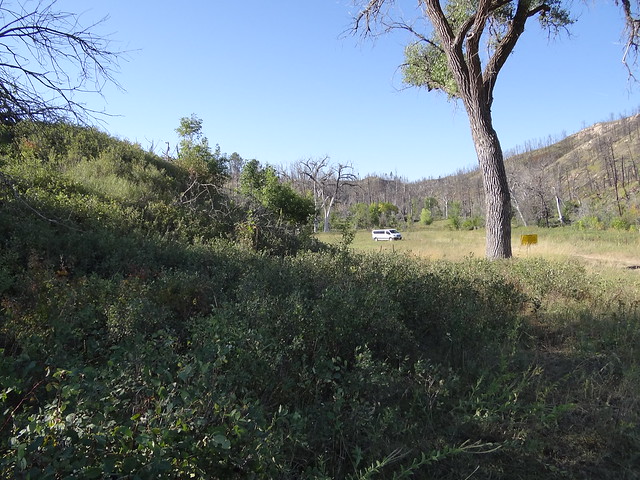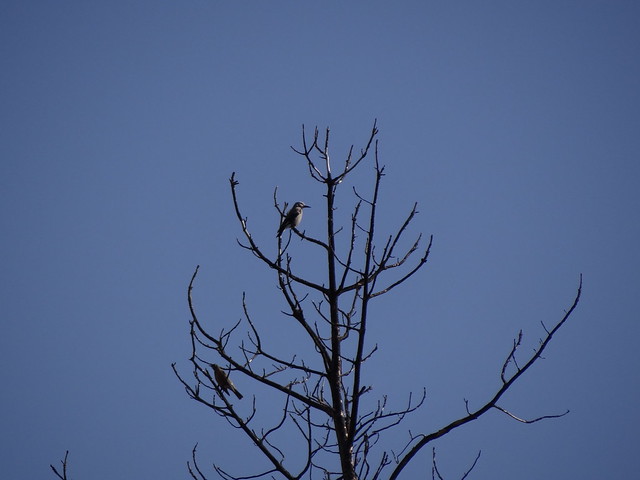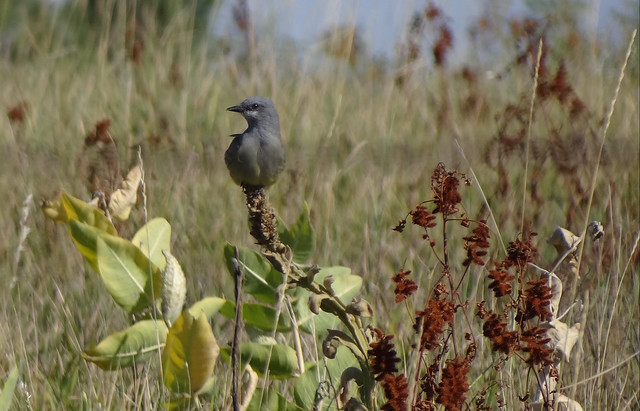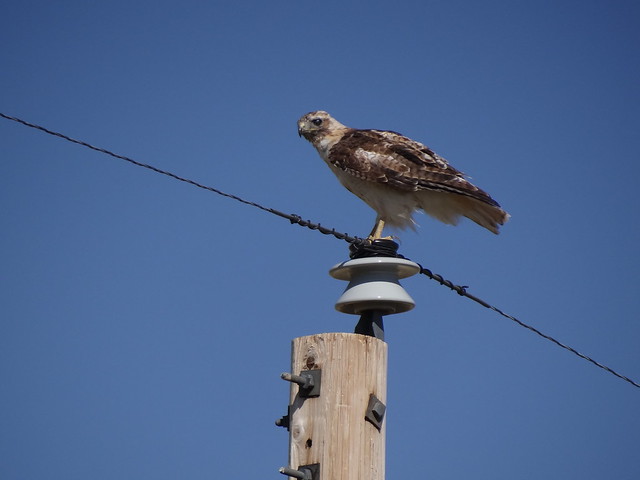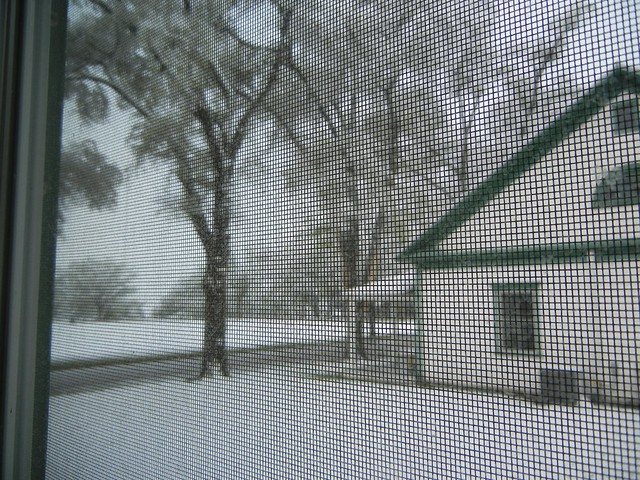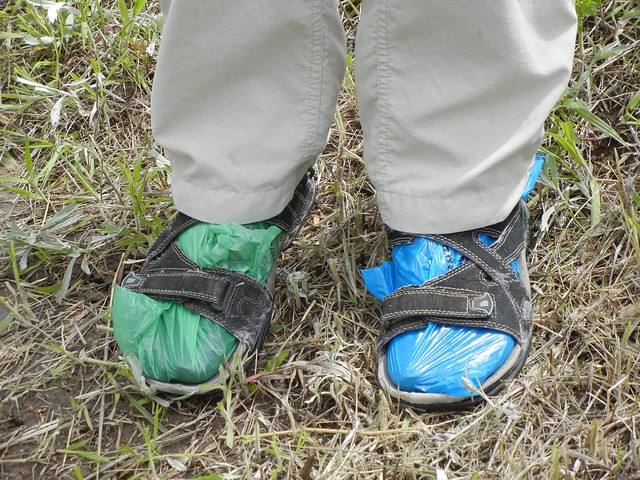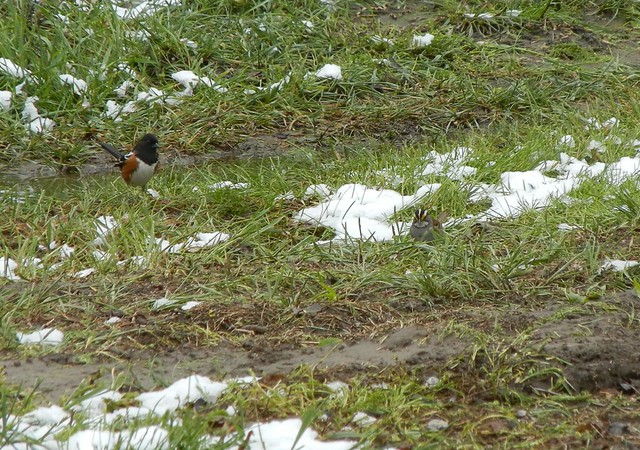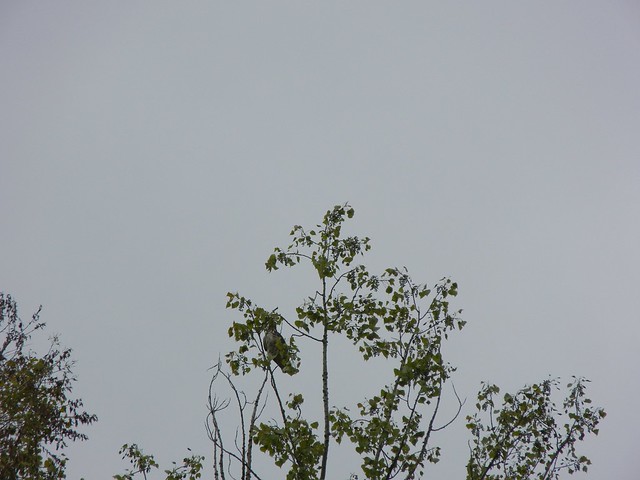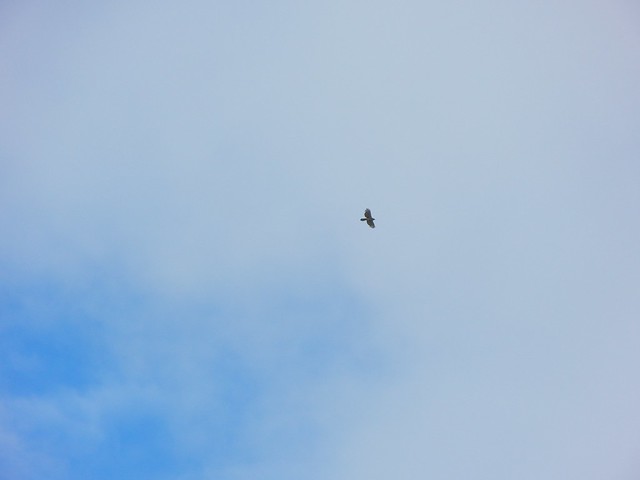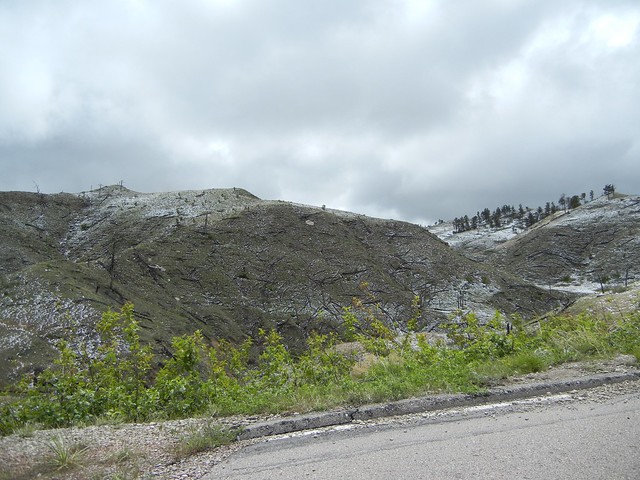East Ash Canyon is one of the most reliably birdy spots on the Nebraska Pine Ridge. Over the years, I’ve seen some very “good” birds there, including my only gray flycatcher ever for the state.
Today’s haul may have been even better.
We started at dawn in Chadron, driving south in an attempt to beat the traffic on Table Road. We had one target species, and I’d almost given up on it when a flash of white in the ditch caught my eye. I think I was the only one in the vehicle to get a decent look at this sharp-tailed grouse before it flushed — but it landed not far away on the wheat stubble, and we all got excellent scope views of the sweet-faced bird. It quickly became apparent that “this” grouse was in fact “these” grouse, and we tallied eleven before the approach of a stock truck inspired us to move on.
The grouse was a life bird for most of the group, but it got better. At the switchback on East Ash Road, a different flash of white from the top of a burnt pine puzzled us for the moment it took me to stop the car, quickly resolving itself into a Clark’s nutcracker. I’d been dreaming for decades of seeing that species in Nebraska, and my first soon became a second, then a third, until we had a dozen or so nutcrackers milling around the steep canyon walls, where they were mercilessly and inexplicably harried by American robins.
We found another gang of four birds a couple of hours later at the bottom of the canyon, and a single individual bade us farewell as we left late in the morning.
Things are afoot, as the large numbers of red crossbills and pine siskins also suggested. It could be a very interesting winter out here on the western plains.
East Ash was full of red-headed woodpeckers and northern flickers of all colors, too. Noisy Nelson’s white-breasted nuthatches gave us the best views yet, and were joined by smaller numbers of red-breasted and pygmy nuthatches in the pines. An eastern phoebe haunted the creek while a Townsend’s solitaire fluttered in the brush and spotted towhees mewled and whined from every thicket and brush pile. While most of the bluebirds on our way in had been ethereally blue mountain bluebirds, down in the canyon they were all easterns, flocking with the robins and siskins.
Flush with success, we drove over to West Ash to see if there were nutcrackers there, too. It was very quiet, a surprising contrast to the scene just five miles downstream, so we took a short walk in the delightful cool of the late morning and set out for the highway.
Our progress was halting, as it always is for birders. A fine Cassin’s kingbird posed for its portrait; as expected, this has been the only common kingbird — indeed, nearly the only kingbird at all — on the trip, with most western kingbirds well on their way south already.
As we approached the highway, two big raptors overhead revealed themselves to be neither turkey vultures nor red-tailed hawks, both species that were increasingly common as the day warmed. These two, though, were different: an adult and a juvenile golden eagle, soaring close to each other and wheeling repeatedly to give us unexcelled views. We’d seen an adult in Sowbelly Canyon a few days ago, but the sight of these birds, low against the bright blue skies of autumn, the adult’s golden nape flashing nearly as bright as the juvenile’s wing and tail patches, is likely to be one of the finest and most enduring memories of the entire trip.
After lunch in Hay Springs (our second mid-day meal at the Bar J, home of the best steaks in the panhandle), we moved south along the very western edge of the Sandhills. Hardly had we left town when two big bobcat kittens appeared on the roadside. There’s a certain injustice in the way mammals immediately push thoughts of even the rarest and most dashing birds from our minds.
The big lakes had a good selection of ducks, including the first redheads of the week, but shorebirding was a disappointment: killdeer, stilt sandpipers, lesser yellowlegs, and Baird’s sandpipers were all present in just small numbers. The only common wader was the American avocet, with 172 on one lake; a juvenile peregrine falcon, a scarcish bird out this way, kept them wary. That same lake gave us our first white-faced ibis and Franklin’s gulls, both birds I’d expected to see much earlier and neither the less welcome for the tardiness of its appearance.
Tomorrow: the Wildcat Hills. I can’t wait.

